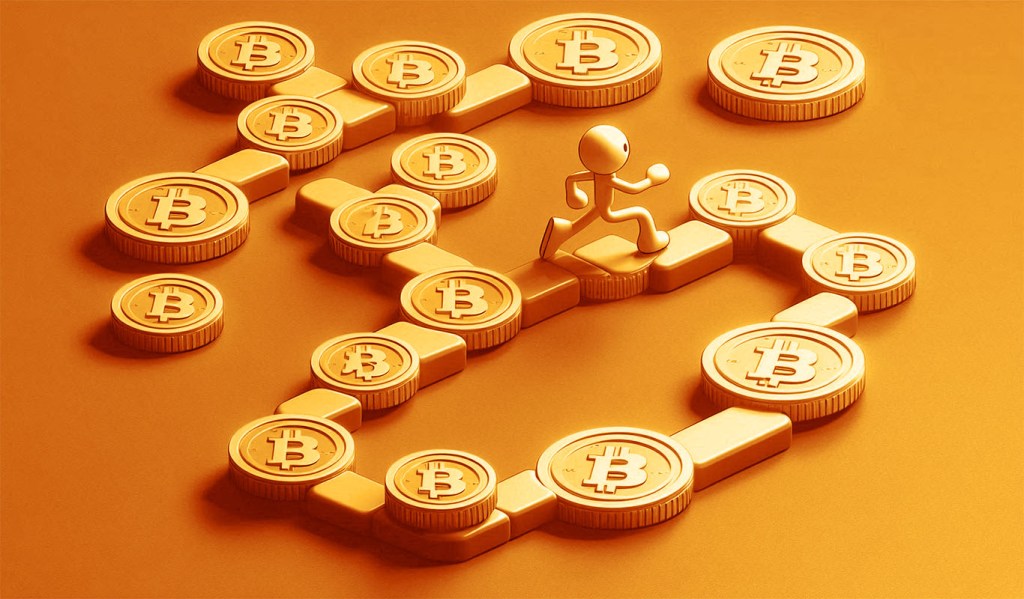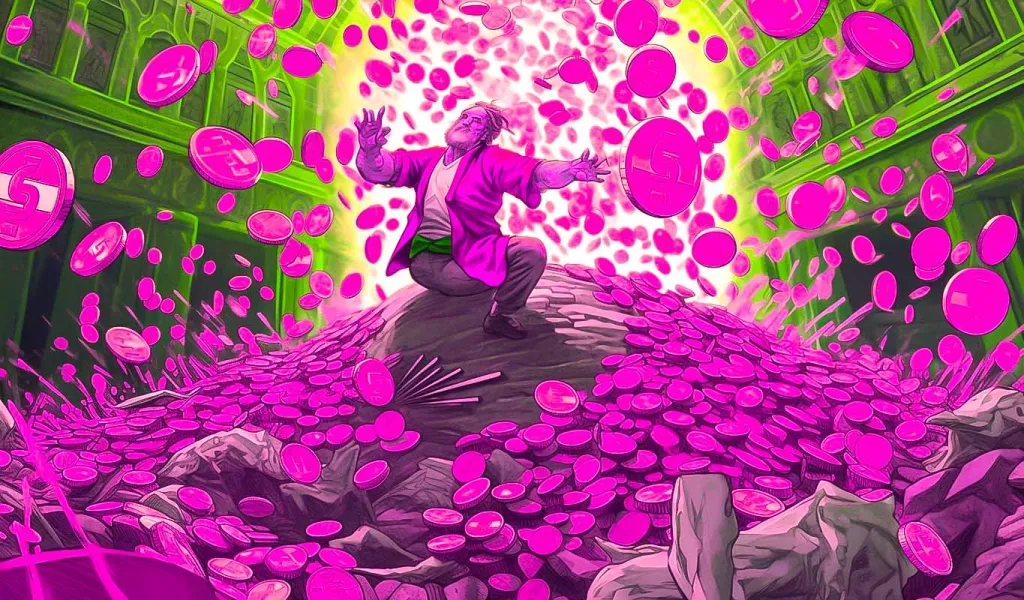
Crypto crash sees centralized stablecoins retain pegs while algorithmic tokens suffer

The bloody crypto market crash has seen the number of stablecoins on exchanges tag new all-time highs, but algorithmic stable token hodlers are suffering.
Centralized stablecoins have remained resilient during the crypto market downturn, with two stable tokens currently ranked among the top ten crypto assets by market capitalization.
Tether and USD Coin are currently ranked third and eighth respectively, having maintained a solid grip on their dollar-pegs despite the massive market downturn.
According to Coingecko, Tether and USDC currently represent 80% of the $100 million combined stablecoin capitalization. The total supply of all stablecoins has surged almost 190% over the past 90 days.
Top decentralized stable token project, MakerDAO’s DAI, also held its peg throughout the majority of the bearish price action, except for May 19 — when the token oscillated between $0.996 and $1.015.
However, algorithmic stablecoins have not fared so well, with some losing their pegs after the prices of underlying collateral assets tanked.
At the time of writing, Terra USD ($UST) has dipped to $0.92, with THORChain describing its downturn as a “stress-test”:
“Terra is being stress-tested. $UST mint/burn creates price-reflexivity on $LUNA and discount is a measure of uncertainty.”
UST is created by burning its underlying LUNA coin. The value of UST is determined by the supply and demand but designed to be maintained by creating arbitrage opportunities for LUNA hodlers. When the price of UST rises above a dollar, LUNA holders can sell the tokens for UST at a $1 peg, allowing them to realize the opportunity and driving UST’s price toward $1.
LUNA hodlers can also mint the stablecoin in order to maintain peg stability, however, in times of extreme market volatility, this does not always have the desired effect. LUNA prices have dumped hard during the market downturn, shedding 70% since Wednesday last week when it traded as high as $16.
In a tweet on May 23, Terra co-founder Do Kwon admitted that the Terra economy and elastic supply protocol is experiencing extremely testing conditions. He added that none of the token’s fundamentals have changed, asserting the project has been “significantly de-risked for having survived one of the worst market crashes in crypto”.
The elastic supply Ampleforth (AMLP) token is also trading way down from its target of one dollar. AMPL hit its lowest level for over a year on May 23 at $0.48.
There are three states that the Ampleforth protocol can be in — expansion, contraction, or equilibrium, which depend on demand and dynamically change to adjust the supply. Likewise, in times of major market volatility, this mechanism can have an adverse effect on the token’s ability to maintain its peg.
The Ethereum-backed RAI stablecoin, which was launched to mainnet in February, has fared better than its rivals, hovering close to its algorithmically generated target price of $3 throughout the downturn. RAI algorithmically sets an interest rate that is used to proportionally counterbalance fluctuations in the price of RAI and incentivize traders to drive RAI toward its target price.
Tweeting on May 23, the founder of Global Macro Investor, Raoul Pal, commented on recent concerns regarding the capacity for stablecoins to maintain their peg during market conditions of extreme volatility, likening stable tokens to money market funds:
“I’m just not sure why the fascination with stable coin risks, they are extremely similar to money market funds except that they trade as a token. Neither have guarantees. [Market money funds] make the financial world go round. [Stablecoins] make the crypto world go round too.”
Go to Source
Author: Martin Young









